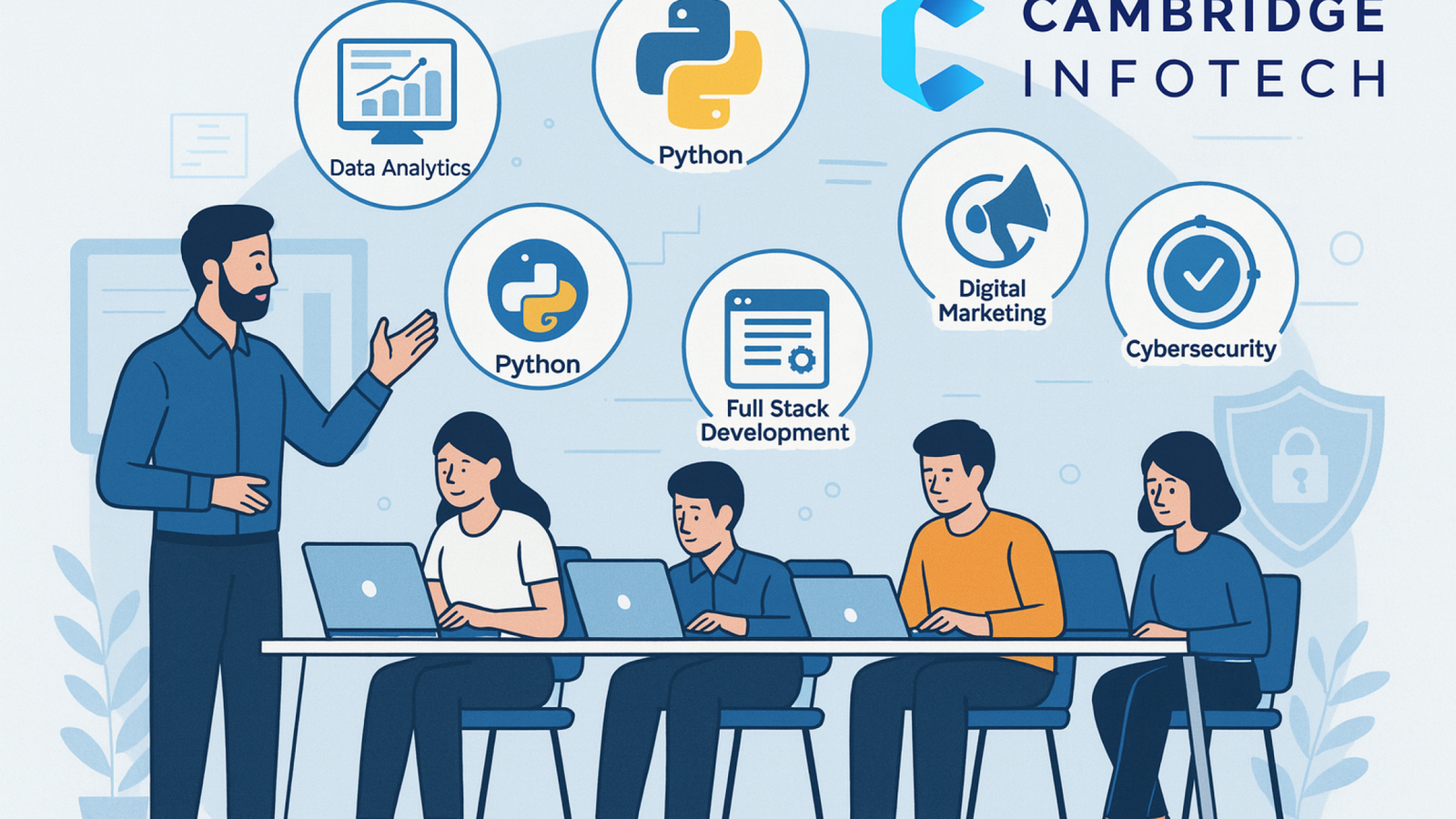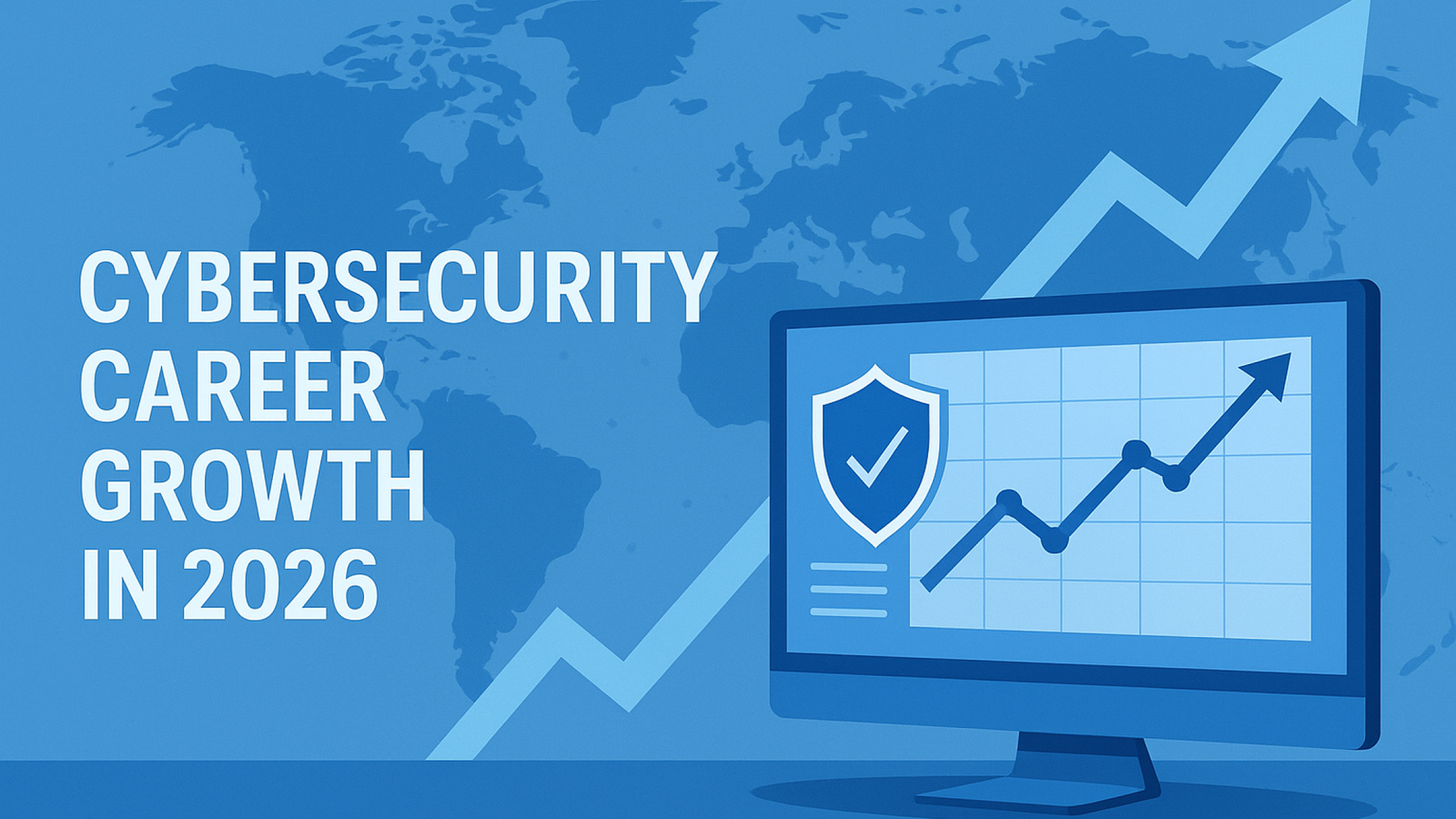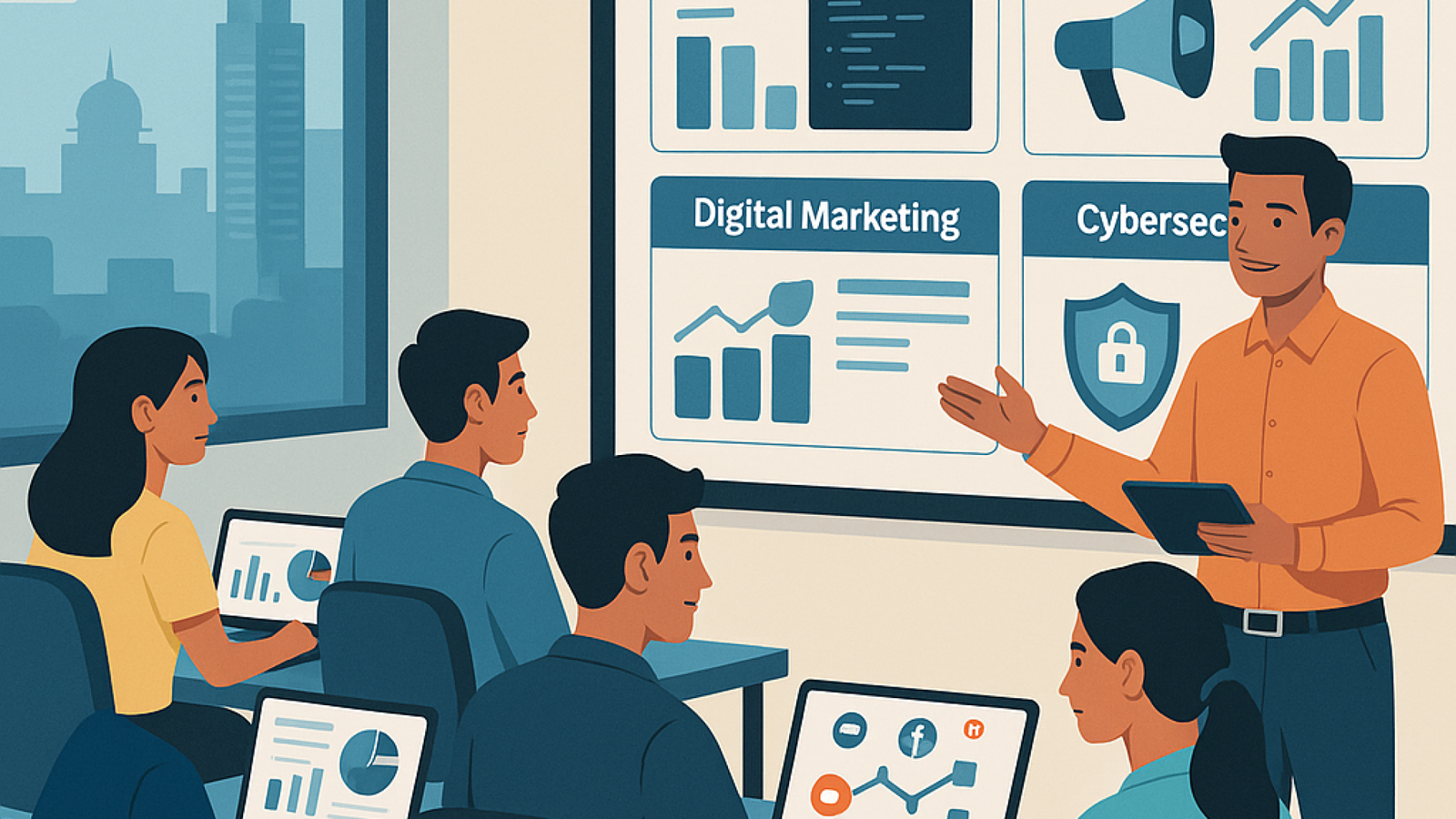Exciting? What Is Digital Marketing in 2025 ( Benefits, Types, and Tips )

INTRODUCTION
What is Digital marketing in 2025 is the use of digital channels, platforms, and technologies to promote products, services, or brands to a targeted audience. It encompasses a wide range of strategies and tactics designed to reach and engage customers through various online mediums. In today’s digital age, digital marketing has become an essential component of any successful marketing strategy.
Understanding the Basics of Digital Marketing
Digital marketing leverages the internet and digital technologies to connect with consumers. This includes everything from social media and email marketing to search engine optimization (SEO) and pay-per-click (PPC) advertising. The goal is to create a seamless and engaging online experience that drives traffic, generates leads, and ultimately converts visitors into customers.
The Evolution of Digital Marketing
The landscape of digital marketing has evolved significantly over the years. From the early days of simple banner ads and email newsletters to the sophisticated algorithms and AI-driven strategies of today, digital marketing has become more data-driven and personalized. In 2025, we can expect even more advanced technologies, such as augmented reality (AR) and virtual reality (VR), to play a significant role in digital marketing strategies.
Key Components of Digital Marketing
1. Search Engine Optimization (SEO)
SEO involves optimizing your website and content to rank higher in search engine results pages (SERPs). This includes keyword research, on-page optimization, and building high-quality backlinks. Effective SEO helps increase organic traffic and improve your website’s visibility.
Keyword Research: Keyword research is the foundation of any successful SEO strategy. It involves identifying the keywords and phrases that your target audience is searching for. Tools like Google Keyword Planner, SEMrush, and Ahrefs can help you find relevant keywords with high search volume and low competition.
On-Page Optimization: On-page optimization involves optimizing individual web pages to rank higher and earn more relevant traffic. This includes optimizing title tags, meta descriptions, header tags, and content. Ensuring that your website is mobile-friendly and has fast loading speeds is also crucial for on-page SEO.
Off-Page Optimization: Off-page optimization involves activities outside of your website that impact your search engine rankings. This includes building high-quality backlinks from reputable websites, social media engagement, and online reviews. Off-page SEO helps build your website’s authority and credibility.
2. Content Marketing
Content marketing focuses on creating and distributing valuable, relevant, and consistent content to attract and retain a clearly defined audience. This can include blog posts, articles, videos, infographics, and more. High-quality content not only engages your audience but also boosts your SEO efforts.
Types of Content:
- Blog Posts: Regularly publishing blog posts on your website can help establish your brand as an authority in your industry. Blog posts can cover a wide range of topics, from industry trends to how-to guides and case studies.
- Videos: Video content is highly engaging and can be shared across various platforms, including YouTube, social media, and your website. Videos can include tutorials, product demos, customer testimonials, and more.
- Infographics: Infographics are visual representations of information that can make complex data more digestible. They are highly shareable and can drive traffic to your website.
- E-books and Whitepapers: Long-form content like e-books and whitepapers can provide in-depth information on specific topics. They are often used as lead magnets to capture email addresses and generate leads.
Content Distribution: Once you’ve created high-quality content, the next step is to distribute it effectively. This can include sharing on social media, email marketing, guest blogging, and influencer partnerships. The goal is to reach a wider audience and drive traffic to your website.
3. Social Media Marketing
Social media platforms like Facebook, Instagram, Twitter, and LinkedIn are powerful tools for reaching a broader audience. Social media marketing involves creating and sharing content on these platforms to engage with your audience, build brand awareness, and drive traffic to your website.
Platform-Specific Strategies:
- Facebook: Facebook is a versatile platform that allows for a variety of content types, including text posts, images, videos, and live streams. Facebook Ads can be highly targeted, allowing you to reach specific demographics and interests.
- Instagram: Instagram is a visual platform that focuses on high-quality images and videos. Instagram Stories and Reels can be used to create engaging content that captures your audience’s attention.
- Twitter: Twitter is a fast-paced platform that is ideal for sharing news, updates, and quick insights. Twitter Ads can be used to promote your content and reach a larger audience.
- LinkedIn: LinkedIn is a professional networking platform that is ideal for B2B marketing. LinkedIn Ads can be used to target specific job titles, industries, and company sizes.
Engagement and Interaction: Social media marketing is not just about posting content; it’s also about engaging with your audience. Responding to comments, messages, and mentions can help build stronger relationships and foster brand loyalty. Social media analytics tools can provide valuable insights into your audience’s behavior and preferences, allowing you to optimize your strategies.
4. Email Marketing
Email marketing involves sending promotional messages, newsletters, and updates to a list of subscribers. It’s a cost-effective way to keep your audience informed, nurture leads, and drive conversions. Personalized email campaigns can significantly improve engagement and ROI.
Building an Email List: Building an email list involves capturing email addresses from your website visitors, social media followers, and other sources. Offering lead magnets, such as free e-books, webinars, or discounts, can incentivize visitors to sign up for your email list.
Segmentation and Personalization: Segmenting your email list based on demographics, interests, and behaviors can help you create more targeted and personalized email campaigns. Personalization can include using the recipient’s name, tailoring content to their interests, and sending emails at optimal times.
Automation and Workflows: Email marketing automation allows you to send automated emails based on specific triggers, such as a welcome email when a new subscriber joins your list or a follow-up email after a purchase. Workflows can be used to nurture leads through the sales funnel, from awareness to conversion.
5. Pay-Per-Click (PPC) Advertising
PPC advertising allows you to place ads on search engines and social media platforms. You pay a fee each time someone clicks on your ad. This can be a highly effective way to drive targeted traffic to your website and generate leads quickly.
Google Ads: Google Ads is one of the most popular PPC platforms, allowing you to place ads on Google’s search engine results pages (SERPs) and partner websites. Google Ads offers a variety of ad formats, including search ads, display ads, and video ads. Keyword research and bidding strategies are crucial for optimizing your Google Ads campaigns.
Social Media Ads: Social media platforms like Facebook, Instagram, and LinkedIn offer PPC advertising options. Social media ads can be highly targeted, allowing you to reach specific demographics, interests, and behaviors. Social media ads can include images, videos, carousels, and more.
Retargeting: Retargeting involves showing ads to users who have previously visited your website or engaged with your content. Retargeting can be highly effective in driving conversions, as it targets users who have already shown interest in your brand.
6. Affiliate Marketing
Affiliate marketing involves partnering with other businesses or individuals to promote your products or services. Affiliates earn a commission for each sale or lead they generate. This can be a cost-effective way to expand your reach and drive sales.
Finding Affiliates: Finding the right affiliates is crucial for the success of your affiliate marketing program. You can find affiliates through affiliate networks, social media, and industry events. Look for affiliates who have a relevant audience and a strong online presence.
Tracking and Reporting: Tracking and reporting are essential for monitoring the performance of your affiliate marketing program. Affiliate tracking software can provide valuable insights into your affiliates’ performance, allowing you to optimize your program and maximize your ROI.
7. Influencer Marketing
Influencer marketing involves collaborating with influencers—individuals with a significant online following—to promote your brand. Influencers can help you reach a larger audience and build trust through their recommendations.
Identifying Influencers: Identifying the right influencers for your brand involves looking for individuals who have a relevant audience and align with your brand values. Influencers can be found on various platforms, including Instagram, YouTube, and TikTok.
Collaboration and Content Creation: Collaborating with influencers involves working together to create content that promotes your brand. This can include sponsored posts, product reviews, and giveaways. Influencers can provide valuable insights into their audience’s preferences and behaviors, allowing you to create more effective content.
Measurement and ROI: Measuring the success of your influencer marketing campaigns involves tracking metrics such as reach, engagement, and conversions. Influencer marketing platforms can provide valuable data on your campaigns’ performance, allowing you to optimize your strategies and maximize your ROI.
Benefits of Digital Marketing
1. Cost-Effective
Digital marketing is generally more cost-effective than traditional marketing methods. You can reach a larger audience with a smaller budget, making it accessible for businesses of all sizes. Digital marketing allows for precise targeting, ensuring that your marketing efforts are reaching the right audience and maximizing your ROI.
2. Measurable Results
One of the biggest advantages of digital marketing is the ability to track and measure results in real-time. Tools like Google Analytics and social media insights provide valuable data on your campaign’s performance, allowing you to make data-driven decisions. This data can help you identify what’s working and what’s not, allowing you to optimize your strategies and improve your results.
3. Targeted Audience
Digital marketing allows you to target specific demographics, interests, and behaviors. This ensures that your marketing efforts are reaching the right audience, increasing the likelihood of conversions. Targeted marketing can help you build stronger relationships with your audience and foster brand loyalty.
4. Engagement and Interaction
Digital marketing platforms offer opportunities for direct engagement and interaction with your audience. This can help build stronger relationships and foster brand loyalty. Engaging with your audience through comments, messages, and social media posts can help you understand their needs and preferences, allowing you to create more effective content and campaigns.
5. Flexibility and Adaptability
Digital marketing campaigns can be easily adjusted and optimized based on performance data. This flexibility allows you to adapt your strategies quickly to meet changing market conditions and consumer behaviors. Digital marketing allows for continuous testing and optimization, ensuring that your campaigns are always performing at their best.
Advanced Digital Marketing Strategies for 2025
1. Artificial Intelligence (AI) and Machine Learning (ML)
AI and ML are transforming digital marketing by enabling more personalized and data-driven strategies. AI-powered tools can analyze vast amounts of data to identify patterns and insights, allowing you to create more effective content and campaigns. AI can also automate repetitive tasks, such as email marketing and social media posting, freeing up your time to focus on more strategic activities.
2. Augmented Reality (AR) and Virtual Reality (VR)
AR and VR are emerging technologies that are poised to revolutionize digital marketing. AR allows users to interact with digital content in the real world, while VR creates immersive digital experiences. These technologies can be used to create engaging and interactive content, such as virtual product demos, AR-powered ads, and VR experiences.
3. Voice Search Optimization
Voice search is becoming increasingly popular, with more users relying on voice assistants like Siri, Alexa, and Google Assistant to find information. Optimizing your content for voice search involves using natural language and long-tail keywords, as well as ensuring that your website is mobile-friendly and has fast loading speeds.
4. Interactive Content
Interactive content, such as quizzes, polls, and calculators, can engage your audience and provide valuable insights into their preferences and behaviors. Interactive content can also drive traffic to your website and generate leads, making it a powerful tool for digital marketing.
5. Personalization
Personalization involves tailoring your content and campaigns to individual users based on their preferences, behaviors, and demographics. Personalization can significantly improve engagement and conversions, as it creates a more relevant and engaging experience for your audience.
Case Studies: Successful Digital Marketing Campaigns
1. Nike’s “Just Do It” Campaign
Nike’s “Just Do It” campaign is a classic example of successful digital marketing. The campaign leveraged social media, influencer marketing, and user-generated content to create a powerful and engaging brand message. Nike’s use of high-quality visuals, inspiring stories, and authentic content helped build a strong connection with its audience and drive brand loyalty.
2. Coca-Cola’s “Share a Coke” Campaign
Coca-Cola’s “Share a Coke” campaign is another successful example of digital marketing. The campaign involved personalizing Coke bottles with popular names and encouraging users to share photos of themselves with their personalized bottles on social media. The campaign generated millions of user-generated posts and significantly increased brand awareness and engagement.
3. Airbnb’s “Live There” Campaign
Airbnb’s “Live There” campaign is a great example of how digital marketing can be used to create a unique and engaging brand experience. The campaign involved creating high-quality content, such as videos and blog posts, that showcased the unique experiences and destinations available on Airbnb. The campaign helped Airbnb stand out in a crowded market and drive bookings.
FAQs
What are the key differences between digital marketing and traditional marketing?
Digital marketing uses online channels and technologies to reach and engage with customers, while traditional marketing relies on offline methods such as print ads, TV commercials, and billboards. Digital marketing offers more precise targeting, measurable results, and cost-effectiveness compared to traditional marketing. Digital marketing also allows for real-time engagement and interaction with your audience, making it a more dynamic and responsive approach.
How can I get started with digital marketing?
Getting started with digital marketing involves several steps, including defining your target audience, setting clear goals, choosing the right digital channels, creating valuable content, and continuously monitoring and optimizing your campaigns. It’s also helpful to stay updated with the latest trends and best practices in digital marketing. Tools like Google Analytics, SEMrush, and Hootsuite can provide valuable insights and help you manage your campaigns more effectively.
What are some common digital marketing tools?
There are numerous digital marketing tools available, including SEO tools like SEMrush and Ahrefs, social media management tools like Hootsuite and Buffer, email marketing platforms like Mailchimp and Constant Contact, and analytics tools like Google Analytics. These tools can help you optimize your campaigns, track performance, and make data-driven decisions.
How can I measure the success of my digital marketing campaigns?
The success of your digital marketing campaigns can be measured using various metrics, such as website traffic, conversion rates, click-through rates, engagement rates, and return on investment (ROI). Tools like Google Analytics and social media insights can provide valuable data to track and analyze your campaign’s performance. Regularly reviewing and analyzing this data can help you identify what’s working and what’s not, allowing you to optimize your strategies and improve your results.
What are some best practices for digital marketing?
Some best practices for digital marketing include understanding your target audience, creating high-quality content, optimizing for search engines, leveraging social media, using data to make informed decisions, and continuously testing and optimizing your campaigns. It’s also important to stay updated with the latest trends and best practices in digital marketing, as the landscape is constantly evolving.
How can I optimize my website for search engines?
Optimizing your website for search engines involves several steps, including keyword research, on-page optimization, and building high-quality backlinks. Keyword research involves identifying the keywords and phrases that your target audience is searching for. On-page optimization involves optimizing your website’s content, meta tags, and header tags. Building high-quality backlinks involves earning links from reputable websites, which can improve your website’s authority and credibility.
What are some effective content marketing strategies?
Effective content marketing strategies involve creating and distributing valuable, relevant, and consistent content to attract and retain a clearly defined audience. This can include blog posts, articles, videos, infographics, and more. Content marketing strategies should focus on understanding your audience’s needs and preferences, creating high-quality content that addresses those needs, and distributing that content through the right channels.
How can I use social media to promote my brand?
Using social media to promote your brand involves creating and sharing content on social media platforms, engaging with your audience, and leveraging social media ads. Social media platforms like Facebook, Instagram, Twitter, and LinkedIn offer a variety of content formats, including text posts, images, videos, and live streams. Engaging with your audience through comments, messages, and mentions can help build stronger relationships and foster brand loyalty. Social media ads can be highly targeted, allowing you to reach specific demographics, interests, and behaviors.
What are some effective email marketing strategies?
Effective email marketing strategies involve building an email list, segmenting your audience, creating personalized content, and using automation and workflows. Building an email list involves capturing email addresses from your website visitors, social media followers, and other sources. Segmenting your audience based on demographics, interests, and behaviors can help you create more targeted and personalized email campaigns. Personalization can include using the recipient’s name, tailoring content to their interests, and sending emails at optimal times. Automation and workflows can be used to nurture leads through the sales funnel, from awareness to conversion.
How can I use PPC advertising to drive traffic to my website?
Using PPC advertising to drive traffic to your website involves creating targeted ads, optimizing your landing pages, and continuously monitoring and optimizing your campaigns. PPC advertising platforms like Google Ads and social media ads allow you to place ads on search engines and social media platforms. Targeted ads can be created by identifying the keywords and phrases that your target audience is searching for and creating ads that address those keywords. Optimizing your landing pages involves creating high-quality content, clear calls-to-action, and fast loading speeds. Continuously monitoring and optimizing your campaigns involves tracking performance metrics, such as click-through rates, conversion rates, and ROI, and making data-driven decisions to improve your results.
What are some effective affiliate marketing strategies?
Effective affiliate marketing strategies involve finding the right affiliates, providing them with the tools and resources they need to promote your products or services, and tracking and reporting on their performance. Finding the right affiliates involves looking for individuals or businesses that have a relevant audience and align with your brand values. Providing affiliates with the tools and resources they need to promote your products or services can include banners, links, and promotional materials. Tracking and reporting on affiliates’ performance involves using affiliate tracking software to monitor metrics such as clicks, conversions, and commissions.
How can I use influencer marketing to promote my brand?
Using influencer marketing to promote your brand involves identifying the right influencers, collaborating with them to create content, and measuring the success of your campaigns. Identifying the right influencers involves looking for individuals
Digital marketing tools
1. SEO Tools
- SEMrush: SEMrush
- Ahrefs: Ahrefs
- Moz: Moz SEO Guide
2. Content Marketing Resources
- Content Marketing Institute: Content Marketing Institute
- HubSpot Content Marketing Guide: HubSpot Content Marketing Guide
3. Social Media Marketing
4. Email Marketing Platforms
- Mailchimp: Mailchimp
- Constant Contact: Constant Contact
5. PPC Advertising
- Google Ads: Google Ads
- Facebook Ads: Facebook Ads
6. Affiliate Marketing
- Amazon Associates: Amazon Associates
- ClickBank: ClickBank
7. Influencer Marketing
8. Industry Reports and Studies
- Digital Marketing Trends Report 2025: Digital Marketing Trends Report 2025 (Note: Replace with a real URL if available)
- Pew Research Center: Pew Research Center
9. General Digital Marketing Resources
- HubSpot Marketing Blog: HubSpot Marketing Blog
- Marketing Land: Marketing Land
For more info visit our website (click here)
RELATED BLOGS:
Top 10 Digital Marketing Course and Fees: Comprehensive Guide for [ 2025 ]
Exciting Digital Marketing Jobs: A Complete Career Guide for 2025
Best Digital Marketing Jobs for Freshers in 2025 – Career Paths & Opportunities
Unstoppable Growth Awaits! Digital Marketing Courses in Bangalore for You! [ 2025 ]










